DB Connectors Explained: Types, Benefits, and Use Cases
Part 1: What is DB connector?
The history of the DB connector, goes back to the 1950s when it was first developed and introduced by ITT Cannon. The DB connector also called D sub-miniature, D-Sub connector, D-type connector and VGA port. The connector was designed to address the need for smaller, more reliable connectors in electronic devices. The name "DB" comes from its distinctive D-shaped metal shell, which not only prevents incorrect insertion but also offers excellent electromagnetic shielding.
Initially, DB connectors were widely used in computers and communication equipment, such as serial ports (RS-232) and parallel ports. Over time, they became a standard in industrial control systems, video transmission (like VGA), and networking hardware. Even though newer interfaces like USB and HDMI have become more common in modern devices, DB connectors are still widely used in many traditional and industrial applications because of their durability and affordability.
Part 2: How many series in DB connector?
The DB9 connector (D-Subminiature 9-pin) is a standardized interface widely used in electronics and communication systems, part of the D-type plug/socket family. Named for its 9 metal pins, it is commonly employed in serial communication protocols like RS-232, RS-422/485, sensors, GPS modules, legacy computer peripherals (mice, modems), and industrial automation devices.
Key Features:
Pins follow standards like RS-232, defining functions such as TX (Transmit), RX (Receive), GND (Ground), etc.
Still prevalent in industrial, embedded systems, and retro hardware despite USB dominance.
Supports low-speed serial communication (up to 115.2 kbps baud rate) with typical voltage ranges of ±12V (RS-232).
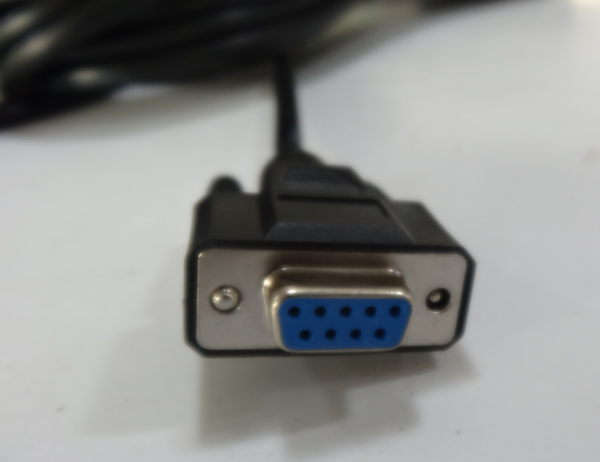
The DB15 connector (D-Subminiature 15-pin), also known as DE-15, is a widely used circular D-type interface primarily for video signal transmission and professional device connections. Named for its 15 pins, it is commonly found in VGA (Video Graphics Array) displays, gaming consoles (e.g., Sony PS1/PS2), industrial control systems, legacy audio equipment, and some serial communication applications.
Key Features:
Video: RGBHV (Red, Green, Blue, Horizontal Sync, Vertical Sync).
Audio: 3.5mm audio adapter support (in some models).
Gaming: Joystick/controllers for retro consoles (e.g., PS1/PS2).
Bandwidth: Supports high-resolution video (up to 1080i@60Hz for VGA).
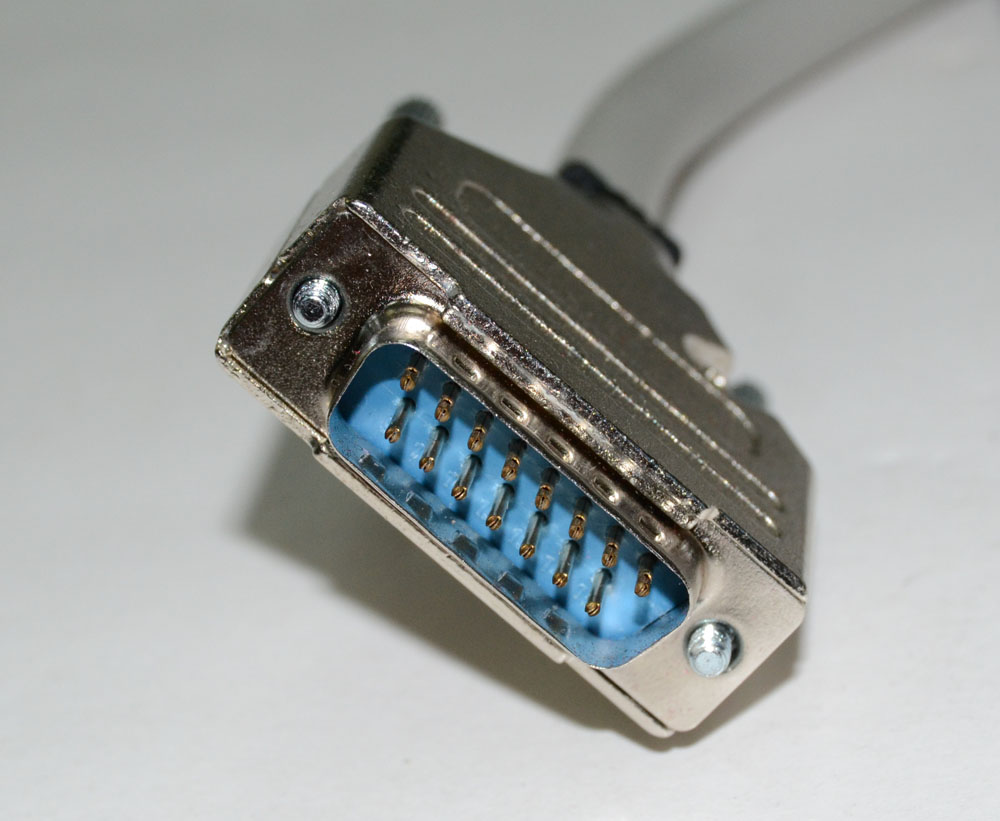
The DB25 connector (D-Subminiature 25-pin), also known as DE-25, is a circular D-type interface with 25 pins, primarily used for parallel communication and analog signal transmission. It was widely adopted for printer ports (LPT), legacy computer peripherals, industrial control systems, and audio/video devices.
Key Features:
Parallel Communication: Supports 8-bit data lines (D0-D7), 8-bit address lines (A0-A7, optional), control signals (STROBE, ACK, Busy, ERROR), and grounds (GND).
Analog Signals: Used for audio (microphone, line-in) or video in some devices.
Protocols: Compatible with IEEE 1284 (bidirectional parallel printing), RS-232 extensions, etc.
Speed & Distance: Parallel data rates up to 10 Mbps (e.g., IEEE 1284 Mode B). Analog signals support higher bandwidth for audio/video.
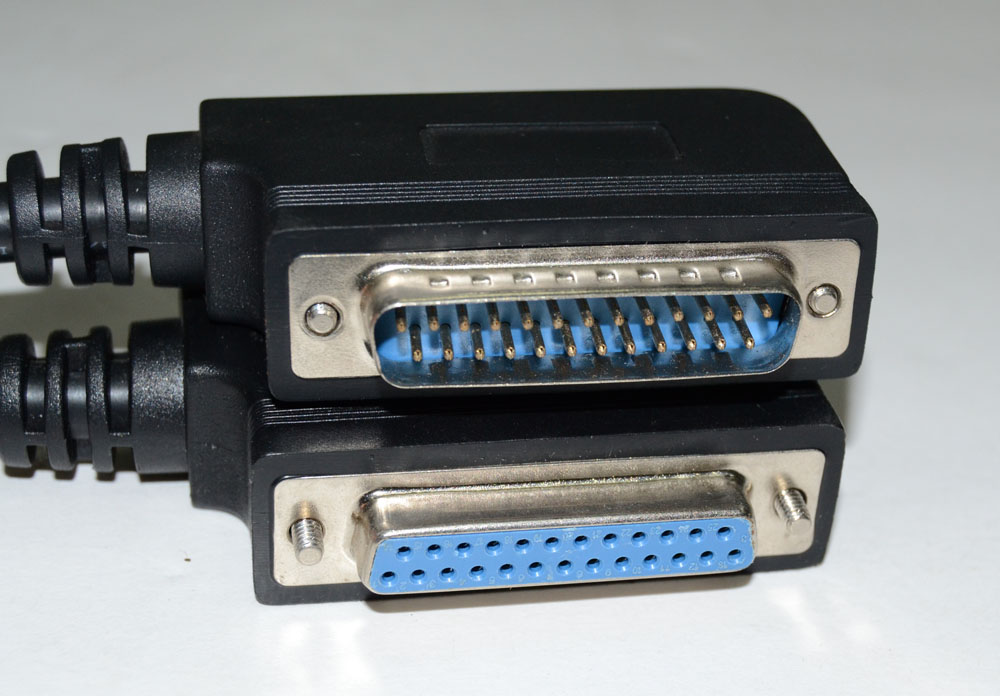
The DB37 connector (D-Subminiature 37-pin), a high-density circular D-type interface with 37 pins, is designed for industrial automation, instrumentation, and complex control systems. Widely used in applications requiring multi-signal transmission (analog, digital, bus), such as programmable logic controllers (PLCs), sensors, inverters, and medical devices.
Key Features:
Pin arrangement follows DIN 41650 standard, compatible with industrial device pinouts.
Signal Types & Functions: Analog Signals: Supports 4-20mA current loops, 0-10V voltage signals (for sensors/executors).
Digital Signals: DI (Digital Inputs), DO (Digital Outputs), relay control.
Bus Communication: Supports RS-485, Modbus, Profibus (protocol-dependent pin configuration).
Power & Ground: Often includes 24V DC power pins for external devices.
Electrical Performance: voltage Range: ±12V to ±24V (industrial-grade tolerance). Interference Resistance: Metal shielding for noisy environments. Data Rate: Bus protocols up to 1 Mbps (e.g., RS-485).
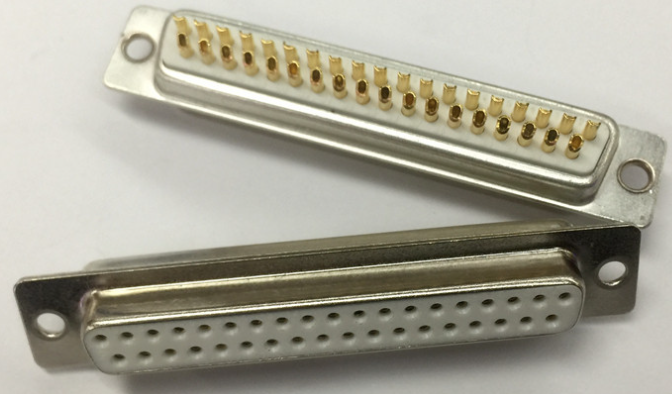
The DB50 connector (D-Subminiature 50-pin) is a large circular D-type interface with 50 pins, designed for high-density signal transmission in industrial-grade systems. Widely used in complex applications requiring analog, digital, and bus communication, such as industrial automation, military equipment, test instruments, and medical devices.
Key Features:
Complies with DIN 41650 standard for partial pin compatibility with industrial devices.
Signal Types & Functions: Analog Signals: Multi-channel 4-20mA current loops, 0-10V voltage signals (for sensors/executors).
Digital Signals: DI (Digital Inputs), DO (Digital Outputs), PWM control signals.
Bus Communication: Supports RS-485, Modbus, Profibus (protocol-dependent pin configuration).
Power & Ground: Often includes 24V DC/5V DC power pins for external devices.
Electrical Performance: Voltage Range: ±15V to ±30V (industrial-grade tolerance). Interference Resistance: Double-layer metal shielding for EMI-heavy environments. Data Rate: Bus protocols up to 10 Mbps (e.g., RS-485).
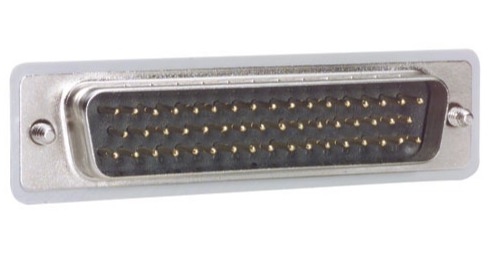
The High-Density DB Series refers to high-pin-count D-type connectors like DB64 and DB79, designed for complex systems requiring dense signal transmission. Commonly used in industrial automation, aerospace, and military equipment, these connectors integrate hundreds of pins to support multi-channel analog/digital signals, bus communication, and power delivery.
Key Features:
High Pin Density: DB64: 64 pins for multi-sensor, digital I/O, and bus signals. DB79: 79 pins for advanced applications like video and high-speed data.
Physical Structure: Reinforced metal shell with anti-misinsertion design; male/female configurations. Multi-row pin layouts (e.g., DB-64P) for space optimization.
Signal Types: Analog: Multi-channel 4-20mA/0-10V sensor signals. Digital: High-speed DI/DO (e.g., Profibus, EtherCAT).
Bus Communication: RS-485, CAN bus, LVDS differential signaling. Power: Integrated 24V/5V DC power pins.
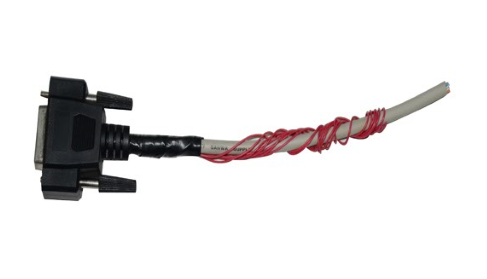
Part 3 Usage of DB connector
Industrial Automation & Control Systems
Used for signal transmission between PLCs, inverters, and sensors, supporting analog signals (4-20mA), digital signals (RS485), and bus communication (Modbus).
Typical Scenarios: Power and control signal connections for motor drivers. Synchronization of joint sensors in packaging robotic arms.
Computer & Data Communication
DB-9 and DB-25 connectors were historically used for serial communication (RS-232/RS-422) to connect printers, peripherals (e.g., old mice), and industrial PCs.
Typical Scenarios: Program downloading for legacy CNC consoles. Data interface for measurement instruments (e.g., oscilloscopes).
Telecommunications Equipment
Used in base station RRU (Radio Remote Unit) to connect antennas with baseband processing modules, supporting high-frequency signal transmission (MHz-GHz level).
Typical Scenarios: Front/backhaul interfaces for 5G base stations. Power and data feed lines for satellite communication devices.
Medical Devices
Used in medical imaging devices (e.g., MRI, CT) for probe-to-host connections, requiring high reliability (MTBF >10⁶ hours) and biocompatibility (ISO 10993).
Typical Scenarios: Signal transmission for ultrasound probes. Electrical connections inside surgical robots.
Consumer Electronics
Historically used in retro gaming consoles (e.g., PlayStation) for controller interfaces and still adopted in vintage hardware modifications.
Typical Scenarios: Analog signal input for synthesizer modules. Expansion interfaces for DIY electronics projects.
Part 4 Customize Your Wire Harness
Send your sample or drawing/schematic for quote price→ Feedback with quotation(1~3 days) → Confirm quotation → Arrange sample you for approval→ [Make mold if needed (7 days) →Mold test] → Making samples(1~3 days)→ Samples test(Approval) → place order for Mass production(2~3 weeks)→ Quality checking→ Packing → Delivery → After Service → Repeat Order.
